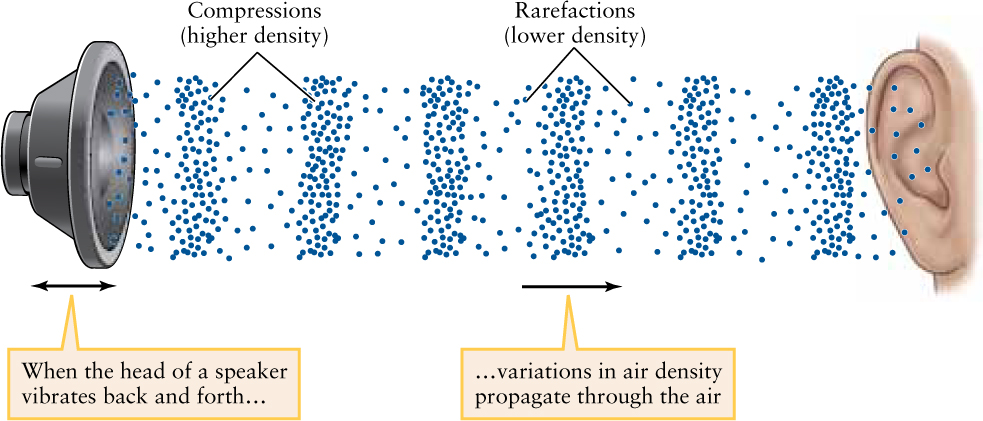
Figure 25-20: Snapshot of a Sound Wave When the head of a speaker oscillates back and forth, higher-density compressions are created that propagate through the air. The sound from clapping your hands is produced in a similar way, but for a shorter length of time. When a sound wave enters a human ear, the air next to the eardrum is alternately compressed and rarefied, which makes the eardrum flex back and forth. This flexing is translated into an electrical signal that is sent to the brain. Sound waves produced shortly after the Big Bang (inaudible to the human ear) also produced variations in the density of matter throughout the universe.